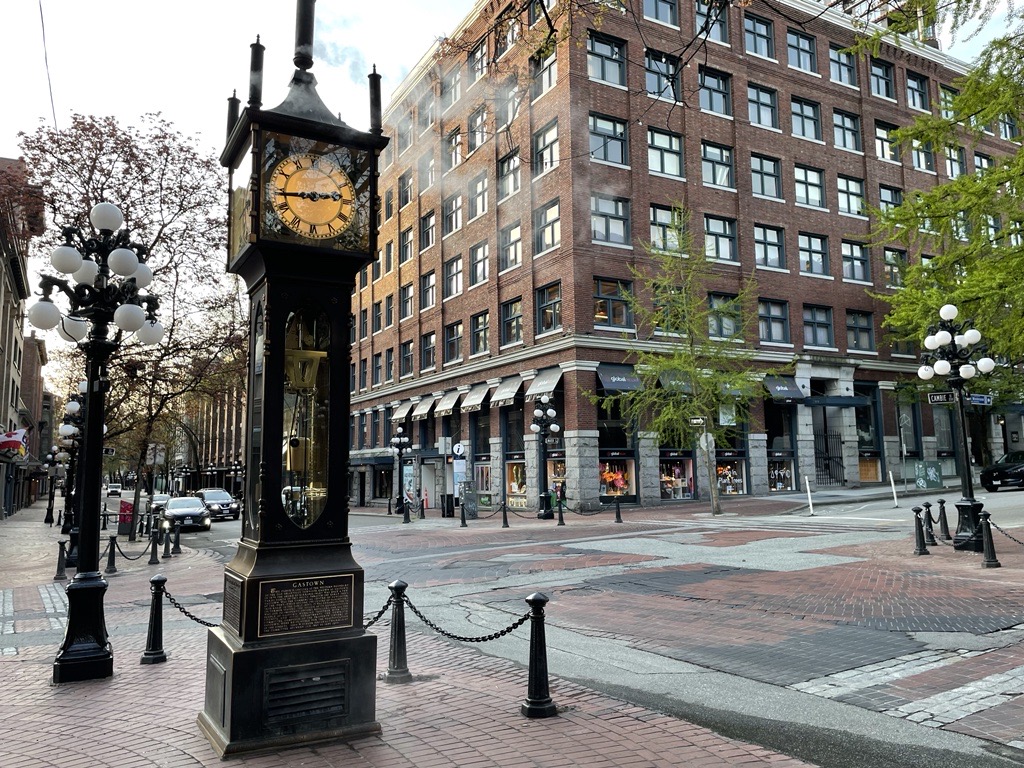Reports of falling NASA satellite sighting over Alberta unconfirmed
Posted September 24, 2011 8:16 am.
This article is more than 5 years old.
The wayward NASA satellite has fallen back to Earth.
The six-tonne satellite was expected to pierce the atmosphere sometime between 11 p.m. Friday night and 1 a.m. Saturday.
Experts predict the dead Upper Atmosphere Research Satellite (UARS) began its return to earth somewhere over the vast Pacific Ocean, but the space agency says it is yet to determine where exactly the satellite re-entered the atmosphere.
A YouTube video from Friday night night shows a cluster of lights dancing across the sky near Okotoks, Alberta, but there has been no confirmation as to whether the display of light could have been the falling satellite.
Experts believe the outcome was the best possible, with no reports of injuries or damage, and it appears likely the satellite either crashed into the ocean or an unpopulated piece of land.
Approximately 26 pieces of the bus-sized satellite were expected to fall, accounting for approximately 554 kg of metal. NASA says the largest surviving chunk should be no larger than 135 kg.
The UARS represents the largest NASA spacecraft to crash back to earth uncontrolled since 1979, when the Skylab space station and Pegasus 2 satellite came crashing down.
Experts say there are no recorded instances of any humans being hurt by falling waste from space, and there has never been any serious property damage reported.
“The thing you have to remember is that each year we get about 20,000 meteorites that strike the earth, that make their way through the atmosphere, most of them about the size of the grain of the sand,” said CNN’s Reynolds Wolf. “So the odds of whatever you’re seeing in the sky being connected to this [satellite] are pretty remote.”
NASA placed the odds what someone on Earth could get hurt by the falling satellite at approximately 3,200, which, when divided among the nearly 7-billion people on the earth, puts your individual chance of being struck at one in 22 trillion.
Note: The following video was taken by a resident in Alberta and is unconfirmed by NASA.










